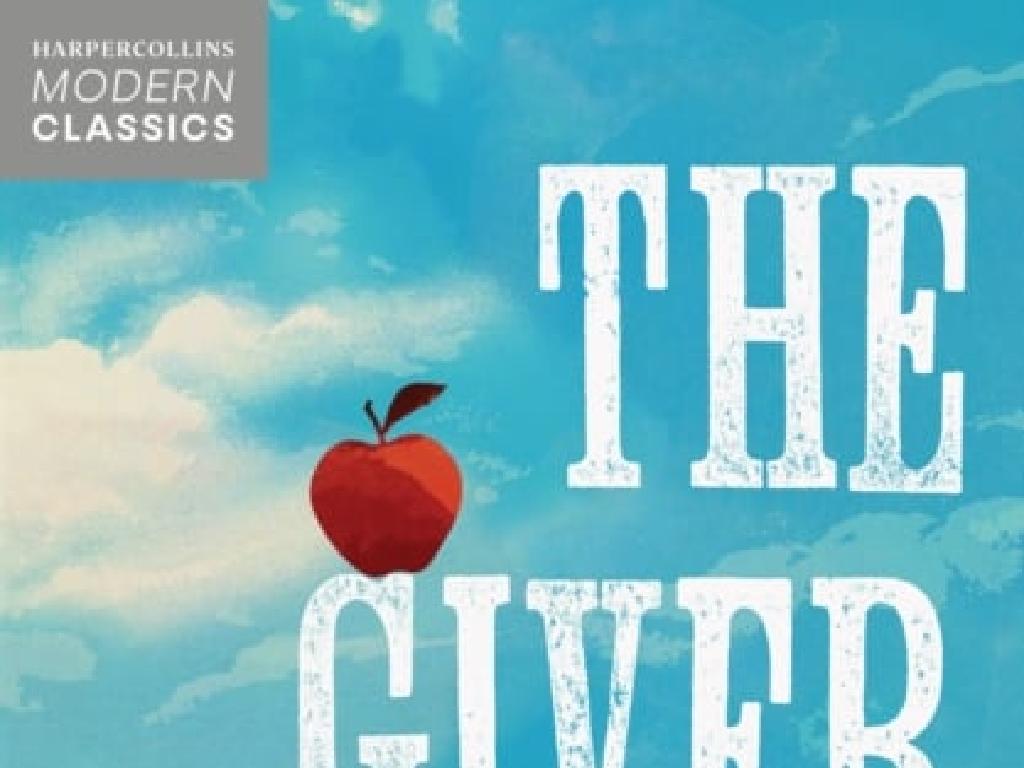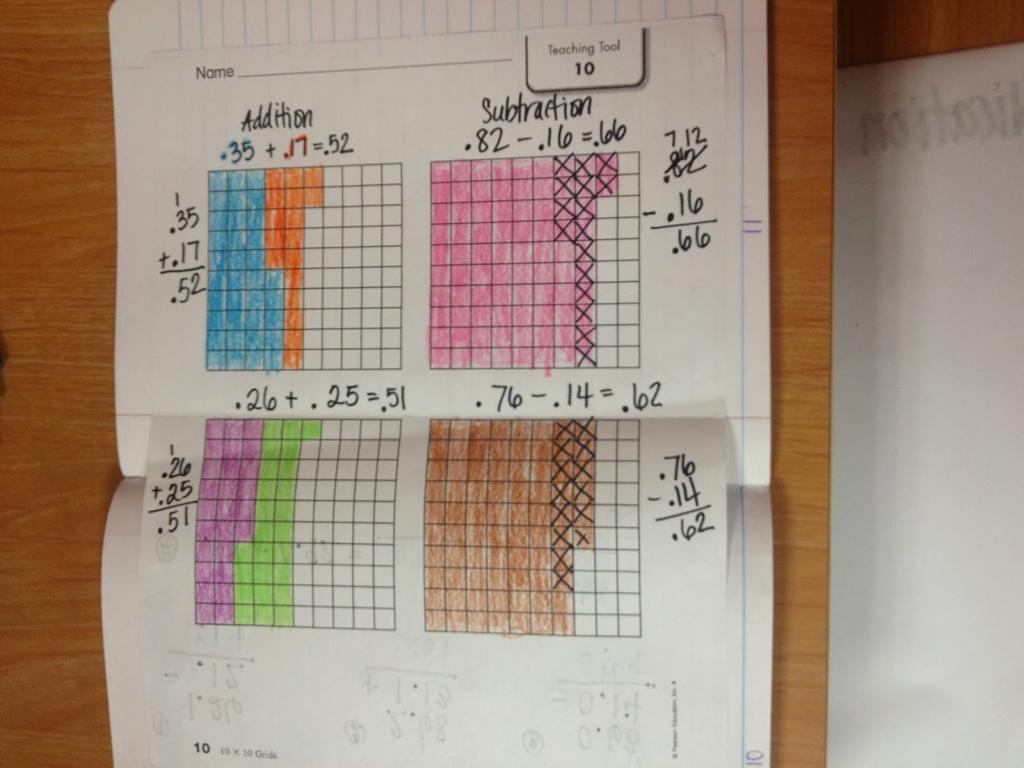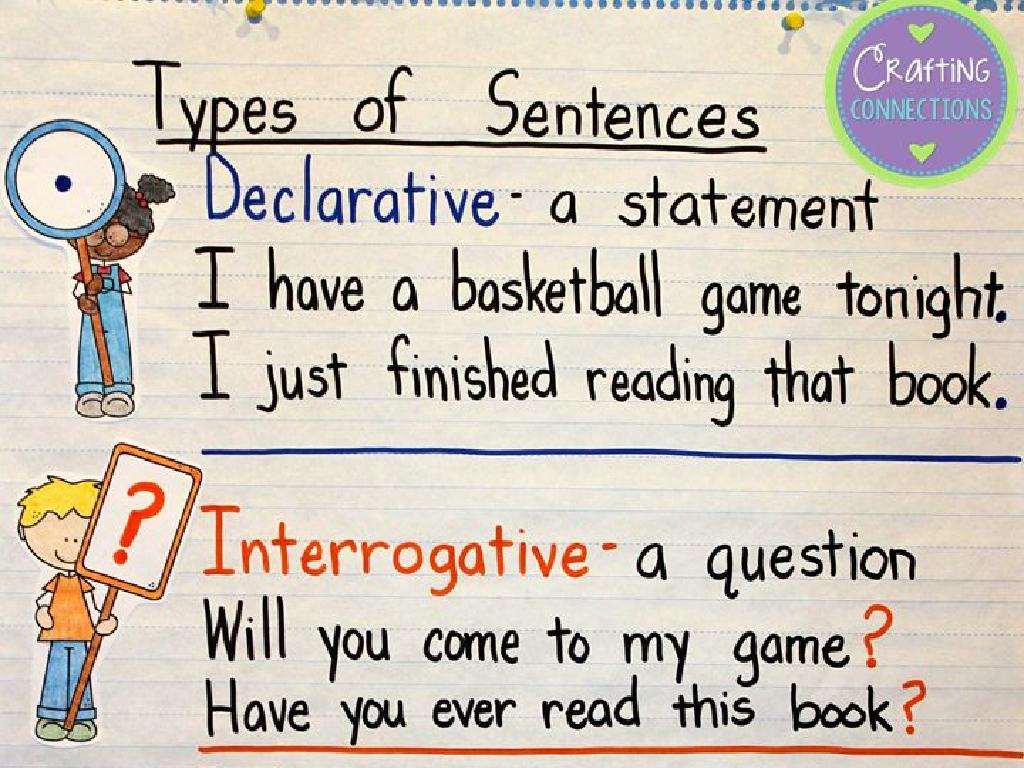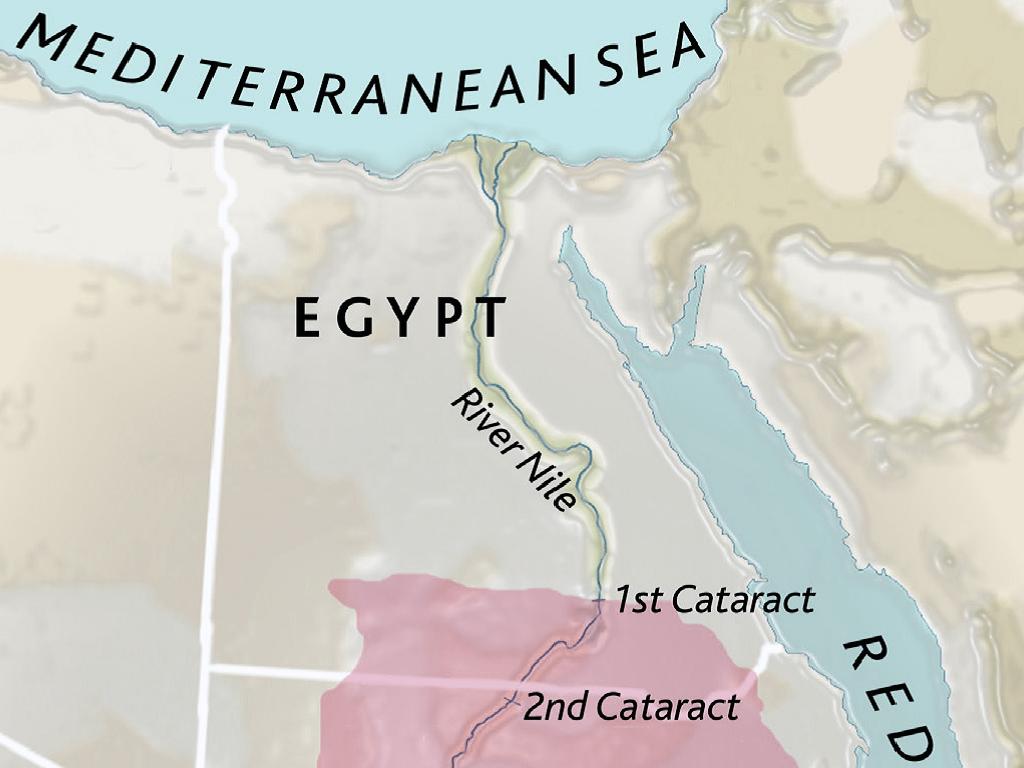Classify Fruits And Vegetables As Plant Parts
Subject: Science
Grade: First grade
Topic: Plants
Please LOG IN to download the presentation. Access is available to registered users only.
View More Content
Welcome to the Plant Kingdom!
– Plants are living things
– We eat different plant parts
– Roots, stems, leaves, fruits, seeds
– Fruits and vegetables are plant parts
– Fruits have seeds; vegetables are other parts
– Learning to classify them
|
This slide introduces first graders to the concept that plants are living things and that the fruits and vegetables we eat are actually different parts of these plants. Emphasize that fruits usually contain seeds, while vegetables can be roots like carrots, stems like celery, or leaves like lettuce. Use simple language and real-life examples that children can relate to, such as comparing fruits and vegetables they might have in their lunchboxes. Encourage them to think about where each food item comes from on a plant. This will set the foundation for understanding plant biology and the importance of plants in our diet.
Exploring Plants: Our Green Friends
– Plants are living things
– Just like us, plants grow and need care
– Plants make their own food
– They use sunlight to make food, which is called photosynthesis
– Plants give us oxygen
– We breathe in oxygen that plants release
– We eat parts of plants
– Fruits and vegetables are plant parts we enjoy eating
|
This slide introduces first graders to the basics of what plants are and their importance. Emphasize that plants are living organisms that require sunlight, water, and soil to grow. Explain the process of photosynthesis in a simple way, such as ‘Plants use sunlight to make their food in their leaves.’ Highlight that plants are crucial for providing oxygen, which is necessary for all living creatures to breathe. Discuss how different parts of plants, such as roots, stems, leaves, fruits, and seeds, are sources of the food we eat every day. Use examples like carrots being roots, lettuce being leaves, and apples being fruits. This will set the stage for understanding how we classify fruits and vegetables according to the parts of the plant they come from.
Yummy Plant Parts: Fruits and Vegetables
– Roots: The plant’s anchor
– Roots keep the plant steady and drink water and nutrients.
– Stem: The plant’s transporter
– Stems are like elevators moving water and food.
– Leaves: The plant’s kitchen
– Leaves use sunlight to make food in a process called photosynthesis.
– Flowers: The plant’s promise of fruit
– Flowers can become fruits and they protect seeds.
|
This slide introduces the different parts of a plant and their functions, with a focus on how fruits and vegetables fit into the plant’s structure. Explain that roots are like the feet of the plant that keep it in place and gather water and food from the soil. The stem acts as the plant’s transportation system, carrying nutrients to different parts. Leaves are where the plant makes its food using sunlight. Flowers are the beautiful beginnings of fruits and seeds. Emphasize that many of the fruits and vegetables we eat come from these parts of the plant. Encourage students to think of examples of roots, stems, leaves, and flowers that we eat.
Fruits vs. Vegetables: Plant Parts We Eat
– Fruits have seeds inside
– Like apples, oranges, and tomatoes!
– Vegetables are other plant parts
– Like carrots (roots), celery (stems), lettuce (leaves)
– Examples of fruits and vegetables
– Think of what you had for lunch!
– Class activity: Identify and classify
|
This slide introduces the concept of classifying fruits and vegetables based on the parts of the plant they come from. Fruits are typically the part of the plant that develops from the flower and contains seeds, while vegetables can be any other edible part of the plant such as roots, stems, or leaves. Encourage the students to think of examples of fruits and vegetables they are familiar with, possibly even considering what they’ve recently eaten. For the class activity, bring in a variety of fruits and vegetables and have the students classify them into fruits or vegetables. This hands-on activity will help solidify their understanding of the differences between these two categories.
Classifying Plant Parts: Fruits & Vegetables
– Discover plant parts we eat
– Carrots: Root or stem?
– Carrots grow underground, so they are roots
– Apples: Fruit or vegetable?
– Apples grow on trees and have seeds, so they are fruits
– Classify your favorite foods
|
This slide is aimed at helping first graders understand that the fruits and vegetables they eat come from different parts of plants. Begin by explaining that plants have various parts like roots, stems, leaves, fruits, and seeds, and that many of these parts are edible. Use carrots as an example to explain that roots can store food for the plant and can be eaten by us. Then, discuss how apples are the fruit of the tree and contain seeds for making new plants. Encourage students to think about where their favorite fruits and vegetables might come from on a plant. This will help them to start classifying plant parts on their own.
Fun Facts About Fruits and Vegetables
– Tomatoes: A Fruit with Seeds
– Fruits have seeds; that’s why tomatoes are fruits!
– Potatoes: Root Vegetables
– Potatoes grow underground and are part of the root system.
– Lettuce: Leafy Vegetables
– Lettuce is a leaf we eat, making it a leafy vegetable.
– Fruits vs. Vegetables
|
This slide is designed to help first graders understand the differences between fruits and vegetables by classifying them based on the parts of the plant they come from. Emphasize that fruits usually contain seeds, while vegetables can be roots, stems, or leaves of the plant. Use the examples provided to illustrate these points. Tomatoes, often thought to be vegetables, are fruits because they develop from the flower of the plant and contain seeds. Potatoes are considered vegetables because they are the root part of the plant. Lettuce represents the leafy part of the plant, which we also eat. Encourage the students to think of other examples and ask them to classify those as fruits or vegetables. This will help reinforce their understanding of plant parts and the classification of common foods.
Class Activity: Plant Part Picnic
– Pretend picnic with fruits & veggies
– Classify snacks as fruits or vegetables
– Identify plant parts of snacks
– Roots like carrots, leaves like lettuce, or fruits like apples
– Share findings with the class
|
This interactive activity is designed to help students understand the different parts of plants and how common snacks are derived from them. Set up a ‘picnic’ area in the classroom with various fruits and vegetables. Guide the students to classify their snacks into fruits or vegetables and then identify which part of the plant they are eating (root, stem, leaf, fruit, seed). Encourage them to think about the characteristics that make a fruit a fruit and a vegetable a vegetable. After the classification, have each student present their snack and explain its plant origin. This will reinforce their understanding and help them remember the information. Possible variations of the activity could include drawing their snacks and labeling the plant parts, or matching the snacks to pictures of the plants they come from.
Review and Goodbye!
– Recap on fruits and vegetables
– Fruits have seeds inside
– Like apples or tomatoes!
– Vegetables are plant parts
– Like roots, stems, and leaves!
– Amazing work today!
|
This slide is meant to summarize the key points from the lesson on classifying fruits and vegetables. Emphasize that fruits are the parts of plants that contain seeds, using examples like apples or tomatoes. Explain that vegetables can be any other edible part of the plant, such as roots (carrots), stems (celery), or leaves (lettuce). Congratulate the students on their hard work and encourage them to share what they’ve learned with their families. Let them know you’re looking forward to seeing them in the next class and continue exploring the world of plants together.






